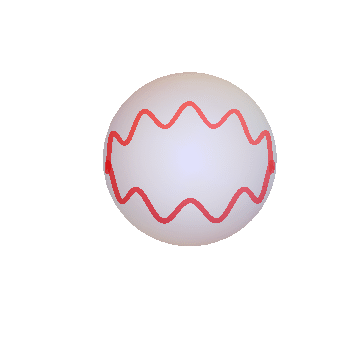Optical microcavities are structures where the light is confined into a small volume. In particular, micro-disks, micro-rings, micro-toroids and microspheres use a total internal reflection mechanism produces the so called whispering gallery mode (WGM) resonances.
On fluorescent optical micro-cavities, the luminescent spectrum of the active material is modulated by the WGM spectrum, which enhance the spontaneous emission rate at the resonant frequencies due to the Purcell effect. One of the most direct applications of these structures is in chemical or bio-sensing, refractive index and temperature sensing, but relevant findings have also been achieved towards using them as all-optical switches and opto-mechanical oscillators. Among all micro-resonators, the microspheres have some key features, they can be made from many compositions including polymers, crystalline or glassy phases and they can have ultra-high quality factors (Q) up to 1010, which means a very high storage time of the light into the resonant cavity.
Left: Microsphere over a glass tip. Right: Microspheres over silicon nitride waveguides
The recent work on microspheres by the group at La Laguna University lead to a number of papers in high impact factor journals that can be seen in the Published papers section.
Some the papers about optical microresonators are:
Whispering gallery modes in a glass microsphere as a function of temperature.


